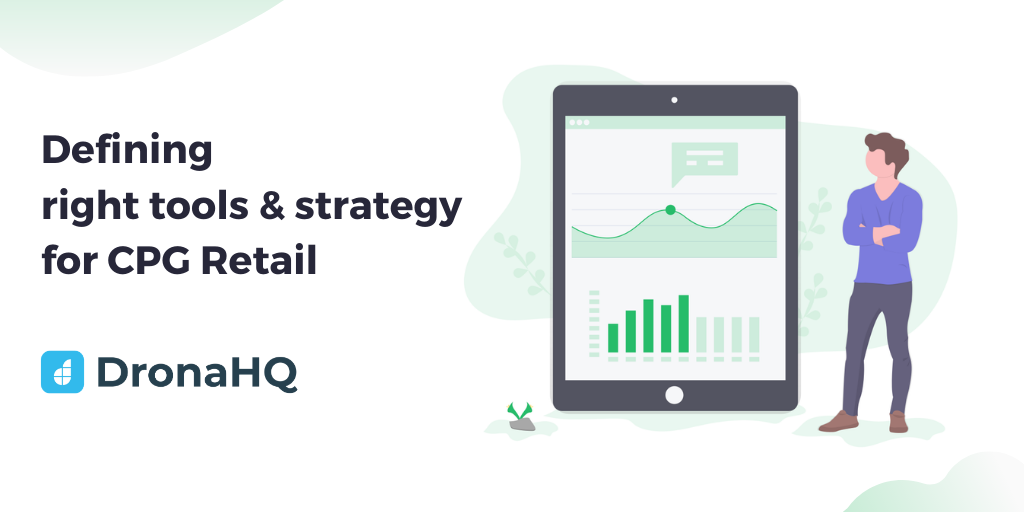

Sales enablement with low code technology
Sales enablement plays a pivotal role in training and empowering sales professionals to excel in their roles. It involves equipping them with the right tools, resources, and training to enhance their effectiveness. However, many businesses struggle with finding suitable solutions that align with their unique requirements, integrate seamlessly with existing systems, and are cost-effective.
Forrester report “The Low-Code Opportunity: How Low-Code Platforms Can Help Enterprises Accelerate Digital Transformation” states that “Low-code platforms can help sales organizations reduce development costs by up to 50% and shorten time to market by up to 70%.”
In this article, we will explore the current landscape of sales enablement, identify the challenges faced by existing solutions, and discuss how low-code technology can revolutionize sales enablement, providing personalized and efficient solutions.
The current landscape of sales enablement
In today’s rapidly evolving business environment, sales enablement has become crucial for organizations to stay competitive. Sales teams need access to comprehensive training materials, up-to-date product information, customer data, and tools that streamline their workflows. However, the existing solutions often fall short of meeting these needs. They may lack customization options, fail to integrate with other systems or be complex and difficult to understand. These limitations hinder sales professionals from reaching their full potential and achieving their targets.
Challenges with existing sales solutions
1. Lack of Customization: Many off-the-shelf sales enablement tools offer a one-size-fits-all approach, which may not align with the unique requirements and workflows of different businesses. Sales teams often need tailored solutions that reflect their specific processes, terminology, and branding.
2. Integration Issues: Sales enablement encompasses various data sources, applications, and systems such as CRM platforms, customer support tools, marketing automation software, and more. Ensuring seamless integration and data flow among these disparate systems can be a significant challenge, leading to inefficiencies and gaps in information.
3. Complexity and Learning Curve: Some high-functionality sales enablement tools come with a steep learning curve. This complexity can hinder user adoption and productivity, as sales professionals may struggle to navigate and leverage the full potential of the tools. Additionally, training new hires on such systems becomes time-consuming and resource-intensive.
The power of low code for sales enablement
While there are several popular sales enablement tools available in the market, such as Salesforce Sales Cloud, HubSpot Sales Hub, and Showpad, they often provide specific features and functionalities to enhance sales operations. While these tools offer valuable solutions and have their own strengths, low-code technology brings a unique value proposition to sales enablement, complementing these existing solutions.
“DronaHQ’s low-code platform has helped us to transform our retail execution strategies by launching custom sales enablement applications that have doubled performance and received over 80 percent in adoption rates. We’re now able to produce apps within a span of 3 weeks and across global geographies,” says Andrew, Sales Director at Mondelez
Low-code technology empowers organizations to design and deploy custom applications rapidly, addressing the unique needs of their sales teams.
Here’s how low-code can revolutionize sales enablement:
1. Rapid application development: Low-code platforms provide a visual development environment with pre-built components and ready-to-use connectors to various data sources and applications. Sales enablement teams can swiftly create tailored applications that glue together the right UI components, pulls relevant information from backend systems, and delivers personalized experiences to the sales personnel over a web or a mobile app. This speed-to-market advantage allows businesses to adapt quickly to changing market conditions.
Example: Using a low-code platform, a sales enablement team can create a mobile app that integrates with the company’s CRM system, providing real-time access to customer data, sales collateral, and training materials. The app can be customized with branding elements, interactive content, and analytics, ensuring sales professionals have the right tools at their fingertips.
2. Seamless Integration: Low-code platforms facilitate seamless integration with existing systems, enabling a smooth flow of data and information across different applications. This integration eliminates data silos and enhances collaboration between sales, marketing, and other departments. Low code enables teams to capitalize on their previous legacy investments such as ERPs, or CRMs or custom coded processes and databases with easy integrations
Example: A low-code solution can assist in pulling numbers from the company’s data warehouse and be used to generate sales reports for SKUs sold. Or sales representatives can be given personalized apps that fetch data from inventory while they process retail orders.
3. Simplified user experience: Low-code platforms prioritize ease of use and intuitive interfaces, reducing the learning curve for sales professionals. By leveraging visual development tools, drag-and-drop functionality, and pre-built UI components, low-code empowers users to create and customize applications without extensive coding knowledge.
Example: With low code, sales enablement teams can design interactive training modules, quizzes, and onboarding programs tailored to the organization’s sales methodology. Sales professionals can access these resources through a user-friendly portal, track their progress, and receive personalized recommendations for skill development.
4. Agile iteration and scalability: Low-code platforms facilitate agile development methodologies, allowing rapid prototyping, iterative improvements, and quick deployment of updates. This agility enables sales enablement teams to gather feedback, incorporate changes, and continuously enhance their applications to meet evolving sales requirements.
Example: A sales enablement team can leverage low code to develop a sales playbook application that evolves based on real-time feedback from the sales team. The application can be continuously updated with new sales strategies, product information, and objection-handling techniques, ensuring that sales professionals always have access to the latest insights.
When new sales reps join the company, they need to be quickly up-to-date on the latest sales processes and procedures. By using a low-code platform to build custom apps, Mondelez International was able to quickly create onboarding apps that new sales reps could use to learn about the company’s sales strategies. This reduced the onboarding time for new sales reps, allowing them to start selling more quickly.
Sales enablement is a critical function for empowering sales professionals and driving revenue growth. However, traditional solutions often fall short of meeting the unique needs of businesses. Low-code technology offers a compelling solution by enabling the rapid development of personalized applications that integrate with existing systems, enhance productivity, and provide a seamless user experience. Embracing low-code empowers organizations to revolutionize their sales enablement operations and equip their sales teams with the right tools to succeed in today’s dynamic business landscape.
| Download our free ebook on the benefits of low code for sales enablement here
Low code platforms are being used by a wide range of businesses, from small startups to large enterprises. Some of the most well-known companies using low code for sales enablement include Salesforce, IBM, and Oracle.
By leveraging low-code technology alongside popular sales enablement tools, organizations can unlock the full potential of their sales operations. Low code complements these existing solutions by offering customization, seamless integration, rapid development, agility, and user-friendly interfaces. It enhances the effectiveness of sales enablement efforts, ensuring sales professionals have the right tools, resources, and training to excel in their roles and drive business growth.
To learn more about how low-code can revolutionize your sales enablement operations, schedule a demo with us today.



